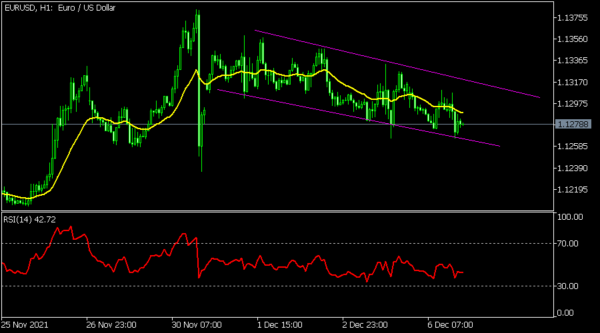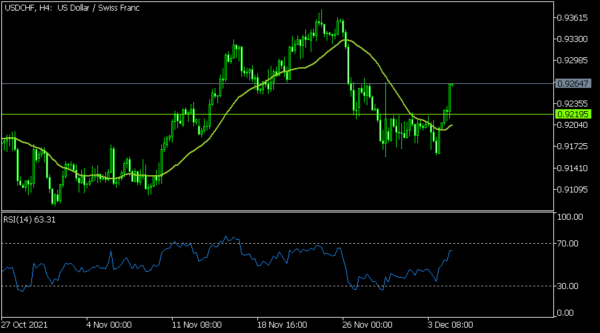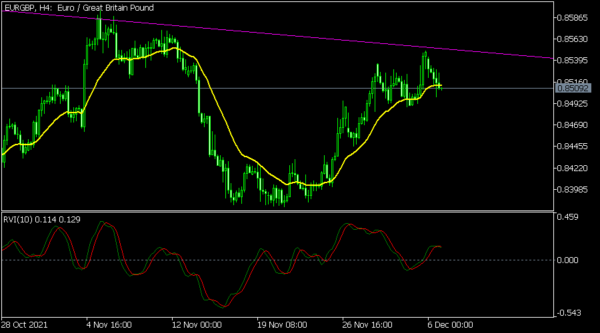US stocks started the week well as investors remained optimistic about the Omicron variant. The blue-chip Dow Jones index rose by more than 600 points while the tech-heavy Nasdaq 100 rose by about 80 points. This rally is because investors are optimistic that the Omicron variant will not lead to substantial interruptions to the global economy. Early data about the variant shows that its symptoms are relatively mild. This sentiment was confirmed by Anthony Fauci, the chief medical advisor. Stocks also rose as the market reflected on the relatively hawkish statement by the Fed Chair.
The price of crude oil also rose as optimism over the variant rose. Brent, the global benchmark, rose to $72 while West Texas Intermediate (WTI) rose to $68. These prices are still significantly lower than the year-to-date high. The recent decline happened after the US and several other countries announced that they will boost supplies in the market by releasing some of their strategic petroleum reserves (SPR). Later today, the price will react to the latest short-term energy outlook by the Energy Information Administration (EIA). The report will show the state of demand and supply dynamics.
There will be several key events in the economic and earnings calendar today. Earlier on, the Reserve Bank of Australia (RBA) delivered a relatively dovish interest rate decision while Japan published the latest household spending data. The next key events to watch will be the latest UK home prices data from Halifax. These numbers will come a few days after a report by Nationwide showed that home prices held steady in November. In Europe, Eurostat will release the third estimate of EU GDP numbers. Later, the US, Canada, and China will release November’s trade numbers.
EURUSD
The EURUSD was little changed in the overnight session. It is trading at 1.1278, which is slightly above the lower side of the purple channel. The price is also slightly below the 25-day moving average while the Relative Strength Index (RSI) is at a neutral level of 50. The pair has also formed an inverted head and shoulders pattern. Therefore, there is a likelihood that the pair will bounce back in the near term.
USDCHF
The USDCHF pair rose to the highest level since November 26 as the US dollar rebounded ahead of Swiss unemployment data. The pair is trading at 0.9263, which is above this week’s low of 0.9162. On the four-hour chart, it has moved above the important resistance level at 0.9120. It has also moved above the 25-day and 50-day moving averages. Therefore, the pair will likely keep rising in the near term.
EURGBP
The EURGBP pair retreated slightly ahead of the latest EU GDP data. The pair is trading at 0.8500, which was below last week’s high of 0.8550. It has formed a slanting cup and handle pattern and moved to the 25-day moving average. The Relative Vigor Index (RVI) has moved slightly above the neutral level. Therefore, the pair will likely keep rising in the coming days.















